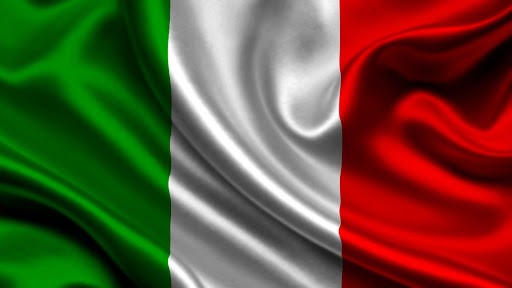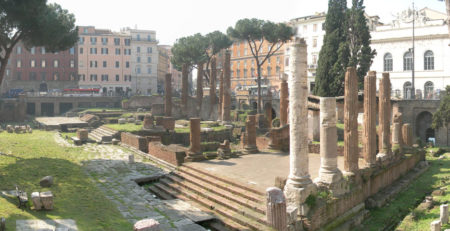The Origins of the Italian Flag are French
Take a moment to pull up an image of the French national flag and the Italian national flag. You’ll probably notice the remarkably similar and minimal design of the two. Sure enough, the origins of the Italian flag are French, in particular the French revolution and Jacobinism.
Italy lacks a strong sense of nationalism. Each territory has its own unique cultural traditions, languages (dialects), geography, cuisine and even, laws. The unique cultures found in each of the richly diverse territories of Italy were enhanced when Italy was fractioned under many different kingdoms, mainly Spanish, French and Austrian-Hungarian. Adding Italy’s late unification and we have a nation without a unified identity.

When Napoleon conquered the lands of modern-day Italy (psst. Check out our previous blogs on the history of the Unification of Italy), he instilled all Italian territories under a single administrative unit. By doing this, Napoleon imbibed the ideals of the French Revolution in Italy, promoting liberty, equality and fraternity and further, strengthened the people’s participation in the political process. When Italy became an independent nation, what we mostly know as the Italy of today, Italy once again looked to France as a political model.
The colors red, green and white on the Italian Flag can be interpreted in two ways. One interpretation: Green symbolizes hope, White represents faith and Red signifies charity.
Another interpretation: Green is symbolic of the Italian landscape, White represents the snow capping the mountains of the Alps, and Red pays homage to the bloodshed for Italy’s independence.
The Italian tricolor, like other tricolor flags, is inspired by the French tricolor, which was introduced during the 1790 revolution on French Navy warships and eventually became the symbol attached to Jacobinism during the French revolution. The French ideal of social innovation as a result of a centralized republic traveled down to Italy, inspiring Italian Jacobins. The Italian Jacobins learned of France’s human civil rights document, Declaration of the Rights of Man and of the Citizen of 1789, and began inspired to advocate similar ideals in Italy. However, in order to do so, they needed to have an independent nation, and thus began to advocate for national self-determination. For this reason, the French flag became the first reference of the Italian Jacobins and subsequently, an inspiration for the creation of the finally-free Italy national flag. All of these symbols embody the presence of unity and nationalism among the Italian people.











